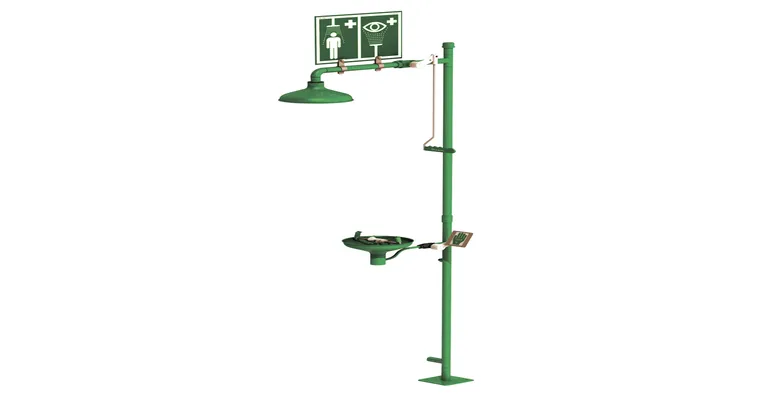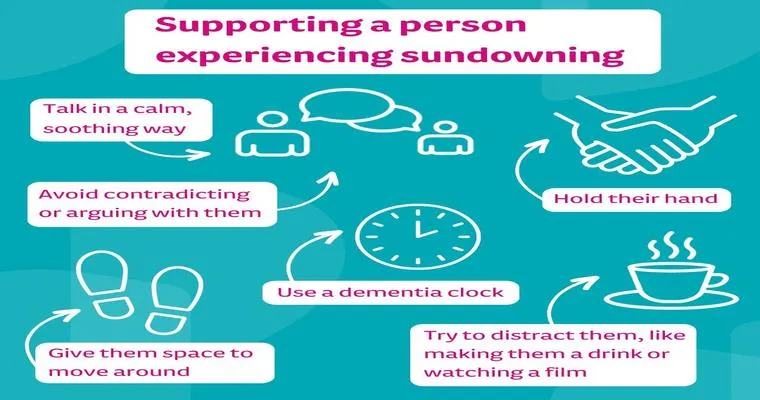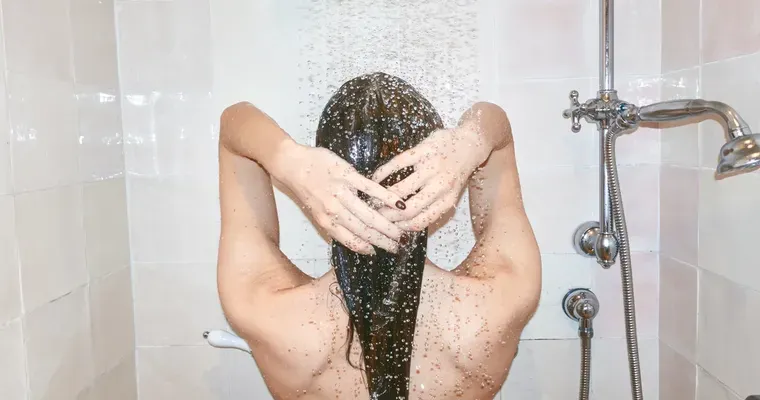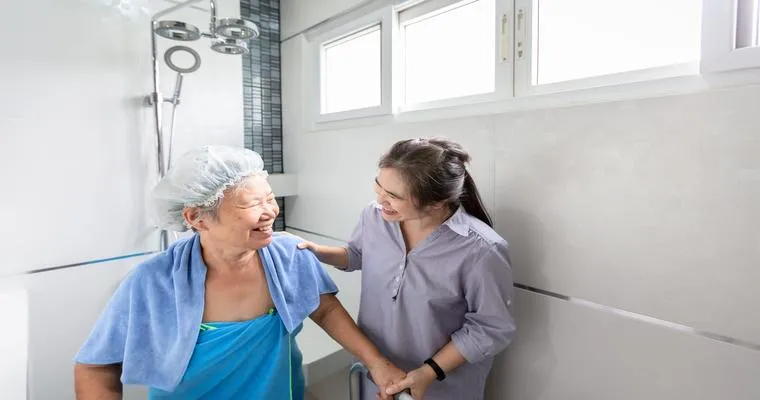Shower safety is crucial for everyone, especially for children and seniors who may be more prone to accidents. Ensuring that your shower environment is safe can significantly reduce the risk of slips, falls, and other injuries. In this article, we will explore various measures you can take to enhance "shower safety" and create a more secure bathing experience for you and your loved ones.
One of the most effective ways to improve "shower safety" is by installing non-slip mats or strips. These products provide traction on wet surfaces, significantly reducing the likelihood of slipping. Be sure to place these mats both inside and outside the shower area for maximum protection. Additionally, consider using a "shower bench" or a "grab bar" to provide extra stability, especially for individuals who may need assistance while bathing.
Another important aspect of shower safety is maintaining proper water temperature. Scalding accidents can occur if the water is too hot, so it's wise to set your water heater temperature to a maximum of 120 degrees Fahrenheit. Installing a "thermostatic mixing valve" can also help regulate water temperature, preventing sudden temperature spikes that could lead to burns.
Lighting plays a significant role in shower safety as well. A well-lit shower area can help prevent accidents by allowing users to see potential hazards clearly. Consider installing bright, waterproof lighting fixtures that illuminate the entire shower space. If natural light is available, ensure that windows are clean and unobstructed.
For those with mobility challenges, consider adding a "handheld showerhead". This feature allows users to sit while bathing while still being able to wash themselves comfortably. Additionally, using a "shower chair" can provide support and reduce the risk of falls, particularly for seniors or individuals with physical limitations.
Regular maintenance of your shower space is also essential for ensuring "shower safety". Check for any signs of mold or mildew, as these can create slippery surfaces. Make it a habit to clean grout and tiles regularly to prevent buildup that could lead to accidents. Furthermore, inspect your shower fixtures for any leaks or malfunctions that could compromise safety.
Lastly, educating all family members about shower safety practices is vital. Encourage everyone to take their time while showering, avoid rushing, and be mindful of their movements. Discuss the importance of using safety features like grab bars and non-slip mats to ensure that everyone understands how to protect themselves while bathing.
In conclusion, shower safety is an essential aspect of home safety that should not be overlooked. By implementing non-slip surfaces, regulating water temperature, ensuring proper lighting, and using supportive equipment, you can create a safe and enjoyable shower experience for everyone in your household. Remember, a few simple changes can make a significant difference in preventing accidents and injuries in the shower.





